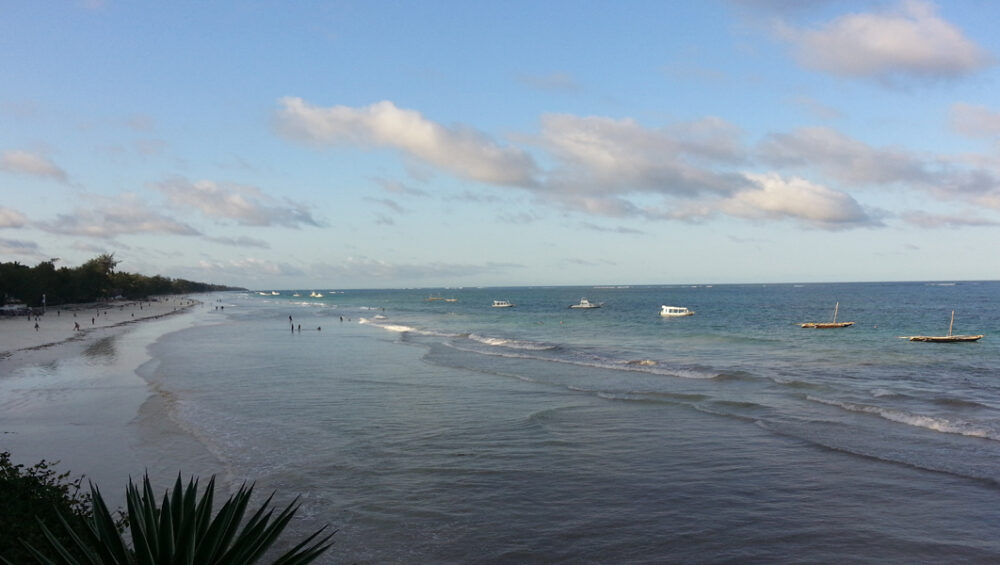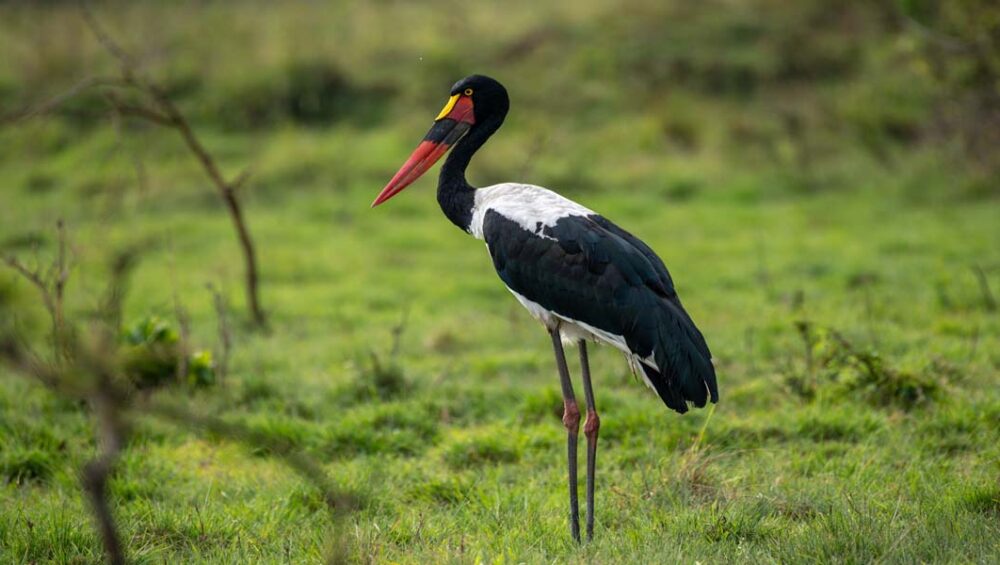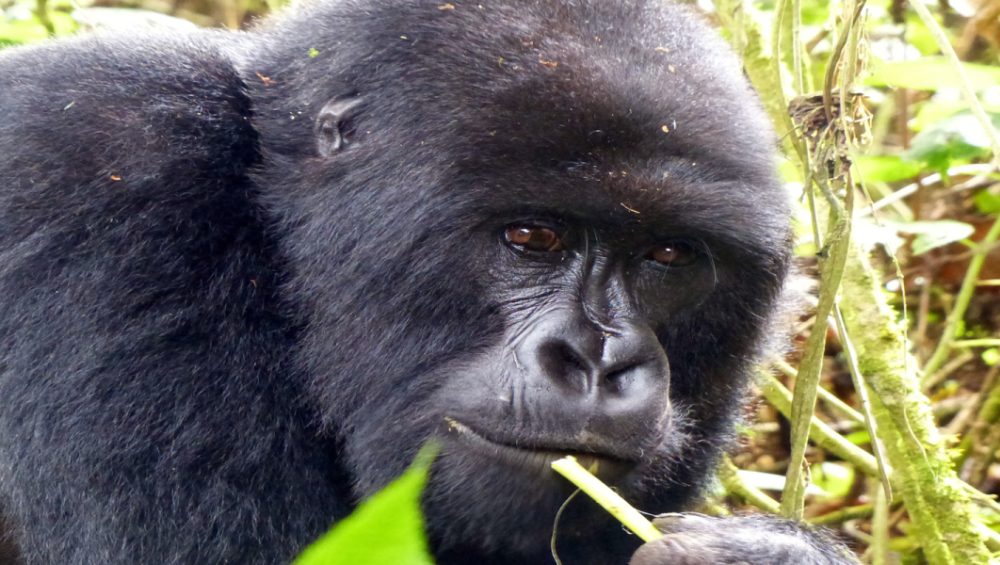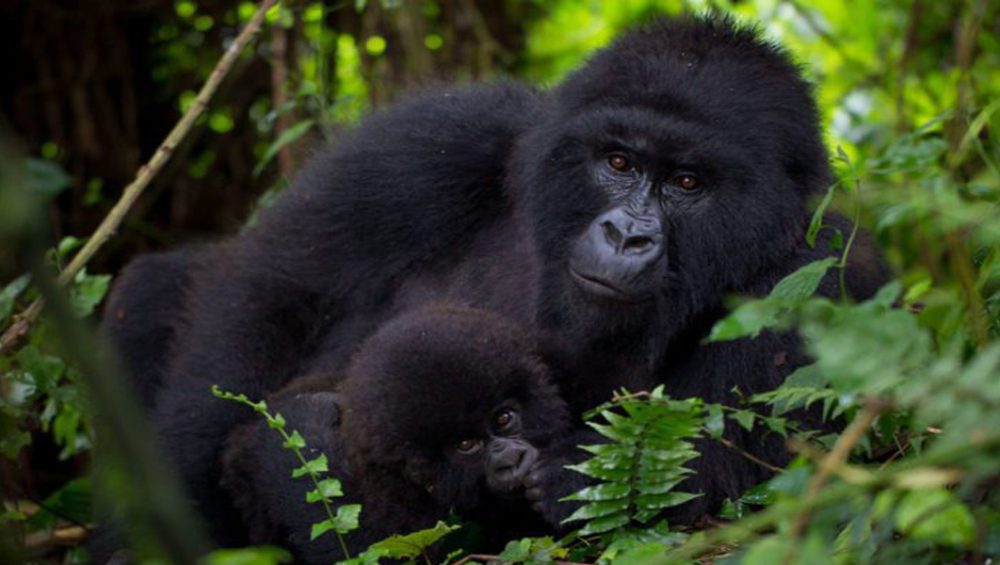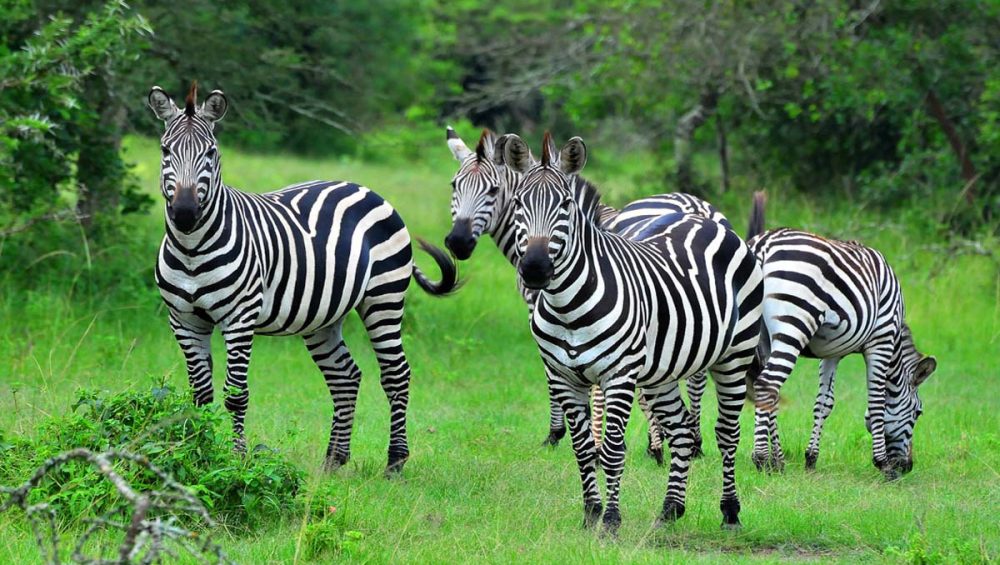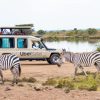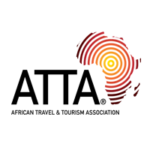Democratic Republic of Congo Wildlife Safaris Beyond The Gorillas
Democratic Republic of Congo Wildlife Safaris are gaining momentum even though the country is not a famous safari destination. The country is diverse and less explored because of insecurity. DR Congo has long battled with insecurity issues, especially in the Eastern part hindering tourism activity. Just like Uganda and Rwanda, Democratic Republic of Congo wildlife safaris mainly feature gorilla trekking. Congo has two gorilla species that are Eastern Lowland Gorillas in Kahuzi Biega National Park and Mountain Gorillas in Virunga National Park.
Eastern Lowland Gorillas are endemic to the Congo forests of Mount Kahuzi and Biega. On a visit there you can participate in the normal lowland gorilla trekking experience or the lowland gorilla habituation experience. The Mountain gorillas on the other hand live in Virunga National Park and the Sarambwe Reserve.
Virunga National Park is one of the biggest protected areas in the region with diverse ecosystems. These range from Volcanic Mountains, tropical rainforests, swamps, open savanna plains, and much more. Mountain gorillas in the park are mainly in the Virunga mountains which include Mount Mikeno, Mount Bisoke, and Mount Sabyinyo. Virunga National Park was unfortunately closed because of insecurity and will only be opened if it is safe again for public visits.
There is still a lot to do while on Congo Wildlife Safaris and Discovery Journeys including the following.
Tchegera Island Experiences
Tchegera island is located in Lake Kivu and it is one of the most exclusive Congo wildlife safari destinations. It has a crescent-shape that is a top of a volcano rim believed to have erupted million years ago. It erupted in the middle of the lake leaving behind this iconic island. Tchegera is a natural water harbor and it is calm waters are home to wildlife species including fish and crab.
The island has evergreen forests that are home to several primates and birds. While on the island you can enjoy great views of the Virunga mountains and the calm waters of Lake Kivu one of the great Rift Valley lakes. You can engage in several activities here including Kayaking, nature walks, birding safaris, and scenic photography expeditions.
Tchegera Island has great climatic conditions and can be visited at any time of the year. It is also a great honeymoon destination for those who would prefer to just sit back and relax enjoying the sights and sounds of nature.
Democratic Republic of Congo is one of the best birding destinations in the region. DR Congo has over 1188 species including 21 endemics that can only be found there. The country is vast and stretches from East to Central Africa and therefore also has many Central African bird species.
Some of the notable birds you can see while on Congo Wildlife Safaris include the great blue Turaco, Congo peacock, Cuckoo, Congo Bay Owl, Congo Serpent Eagle, Hornbills, African warblers, and Herons among others. All these species can be seen in the different ecosystems that the country has including forests, swamps, and the savannas.
Our birding Discovery Journeys to Congo can be arranged separately for people with a lot of interest in birds. You can also however do birding excursions while on the usual primates and mountain hiking expeditions.
The Lwiro Sanctuary is a rehabilitation center for primates located in the southern Kivu region. It is located about 4 Kilometers from Kahuzi Biega National Park and can be easily accessed by road from Bukavu. The center was primarily established to cater to orphaned chimpanzees. It has however grown to become a host of several primates and birds that are mainly rescued from poachers and animal traffickers.
Lwiro Sanctuary currently has 112 chimpanzees, and 16 monkey species totaling 109 individuals. Apart from rescuing and rehabilitation the primates, the sanctuary also reintroduces confiscated wildlife, does research programs and activities related to wildlife, undertake community development projects to empower the people around, and is involved in local tourism.
When visiting the sanctuary on Congo Wildlife Safaris you can therefore engage in a number of activities. Independent visits here are equally great if you want to know more about the conservation journey and the primates at the sanctuary. All our lowland gorilla trekking tour packages to Kahuzi Biega feature a brief visit to this sanctuary.
Idjwi Island Visits
Idjwi Island is situated in Lake Kivu covering a land area of 340 square kilometers. The island is the second-largest Lake island on the continent after Madagascar with a length of 70 kilometers. It is a peaceful island with lush evergreen vegetation cover throughout the year.
Idjwi is a great place to explore while on Congo wildlife safaris. You can engage in several activities while here including visiting the local market, nature walks, and boat rides among others.
The Democratic Republic of Congo is an underrated destination that offers exclusive safari experiences. You can book any of our safaris to explore more and visit other featured East African destinations. Kenya and Tanzania are great options for the wildebeest migration safari and Rwanda for more primate treks.
Congo Safari Adventures
Congo wildlife safaris to Kahuzi Biega National Park range from 3 days and more. If you are seeking to maximize your chances of wildlife viewing then it is better to book a longer stay. Some of our top seller Discovery Journeys adventures include a 3-day Kahuzi Biega National Park Tour, a 5-day Lowland Gorilla Habituation Tour, and a 6-day Lowland Gorilla Trekking Safari.


